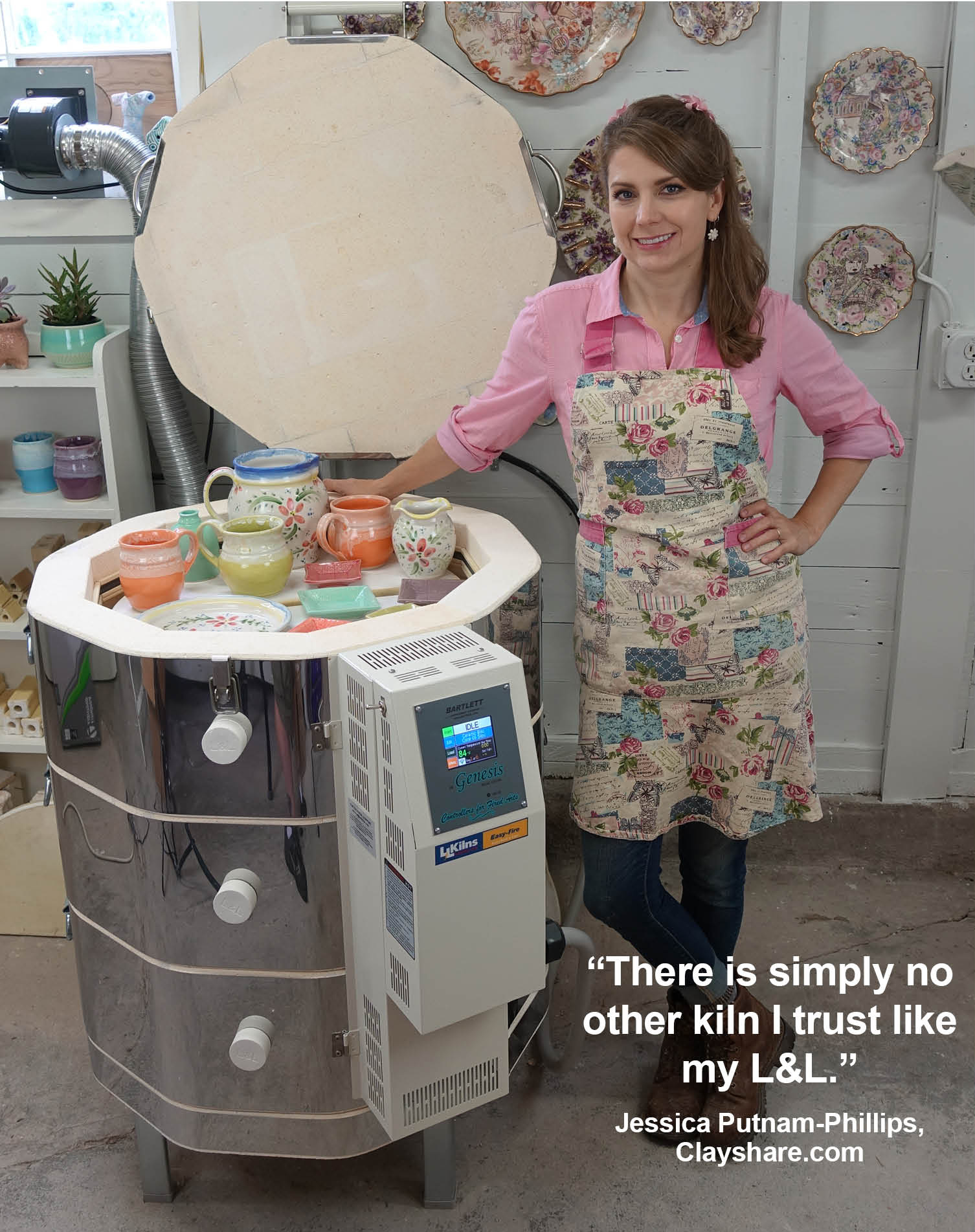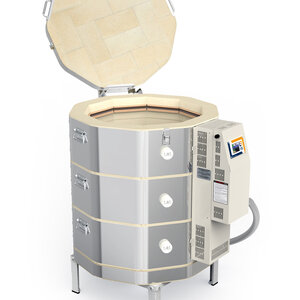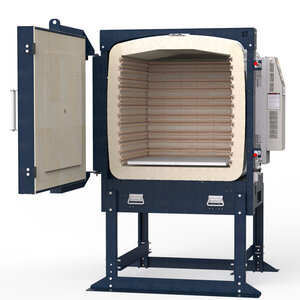Basics of Choosing a School Kiln
L&L makes the market's most user-friendly and budget-conscious kiln. Teachers and service technician say time and again that L&L kilns last the longest and are the cheapest and easiest to maintain because of our intuitive panel design and hard ceramic element holders, among other unique features.
Excellent customer support, videos, and a vast knowledge base are the backbones that make owning an L&L the best choice you could make on a school budget.
Choosing the Right Pottery Kiln for Your School’s Education Level
Kiln Needs for Elementary, Middle, and High Schools
The right kiln for your school depends largely on the education level and the types of ceramic projects students will create.
Elementary School Kilns: These programs typically focus on smaller, less complex projects. Kilns with shorter firing times and smaller capacities are often sufficient, especially when space is limited.
Middle School Kilns: As students advance, projects may become larger and more frequent. A medium-sized kiln with flexible firing options is ideal.
High School Kilns: High schools often have ceramics programs. These programs need larger kilns for frequent firings. They also require kilns that can reach higher cone temperatures, like cone 6.
Even if a program is just starting, it’s essential to consider future growth and potential student enrollment.
How to Assess the Depth of Your School’s Ceramic Program
Every school approaches ceramics differently. Some programs offer ceramics as a short art class. Others have year-round programs that produce a lot of student work.
Key factors to consider:
Class Size and Project Frequency:
Is ceramics taught once per semester or throughout the year?
How many student projects are created weekly?
Firing Frequency and Cone Levels:
Schools firing kilns daily to cone 6 will need a more robust, high-capacity kiln.
Programs firing weekly to cone 04 may require less capacity and lower power consumption.
Project Size:
Larger sculptural works require more cubic feet of kiln space, while smaller items like cups and bowls need less.
How to Calculate the Kiln Size Your School Needs
Use this simple formula to estimate the cubic feet of kiln capacity required:
Determine the average size of a typical student project (Length x Width x Height in inches).
Multiply that by 1.5 to allow for air space and kiln loading inefficiencies.
Calculate the total weekly volume needed based on the number of projects produced.
Divide by 1728 to convert cubic inches to cubic feet.
Example:
A middle school has 48 students, making one project per week.
Each project averages 4” x 4” x 6” = 96 cubic inches.
96 x 1.5 = 144 cubic inches per project.
144 x 48 = 6912 cubic inches total → 4 cubic feet of kiln capacity per week.
If the program runs four times a week, they will need about 1 cubic foot for each firing. A 7- to 10-cubic-foot kiln or two 10-cubic-foot kilns would work well for them.
Why Buying the Largest Kiln Isn’t Always the Best Choice
While it might seem wise to buy the biggest kiln you can afford, this can cause problems in a school ceramics program.
Longer Firing Delays: Large kilns take longer to fill, which delays firing schedules and slows down student project turnaround.
Inconsistent Firing Results: Firing a large kiln that is half-empty can cause uneven heating. This can lead to underfiring and cold spots, especially during glaze firings.
Increased Wear and Tear: Large kilns that are not used enough may have uneven loading. This can harm the kiln's insides and shorten the lifespan of its elements.
Reduced Flexibility: Smaller kilns offer quicker turnaround times, making them ideal for efficiently moving student projects through the classroom.
Most K-12 schools should invest in one or two medium-sized kilns. This is the best way to balance capacity, efficiency, and budget.
What is the most common type of kiln used in schools?
Because time and budget are limited, school teachers (and administrators and facilities coordinators) need a kiln that is easy to use and inexpensive to maintain. The most typical kiln used in K-12 schools is a 7 cubic foot School-Master with extended warranty and easy-to-use Genesis Mini Controller, or an Easy-Fire kiln with Genesis zone control.

All L&L kilns feature hard ceramic element holders to protect the inside of the kiln. This makes it easy to keep the kiln clean without hanging elements or pins and makes element changes much faster and easier.

See why L&L are the best kilns made and research what customers and others are saying
Most K-12 Programs
High School: More Advanced Programs
Medium Size less expensive Front-Loading Ergonomic Kilns
College and Advanced High School Programs






